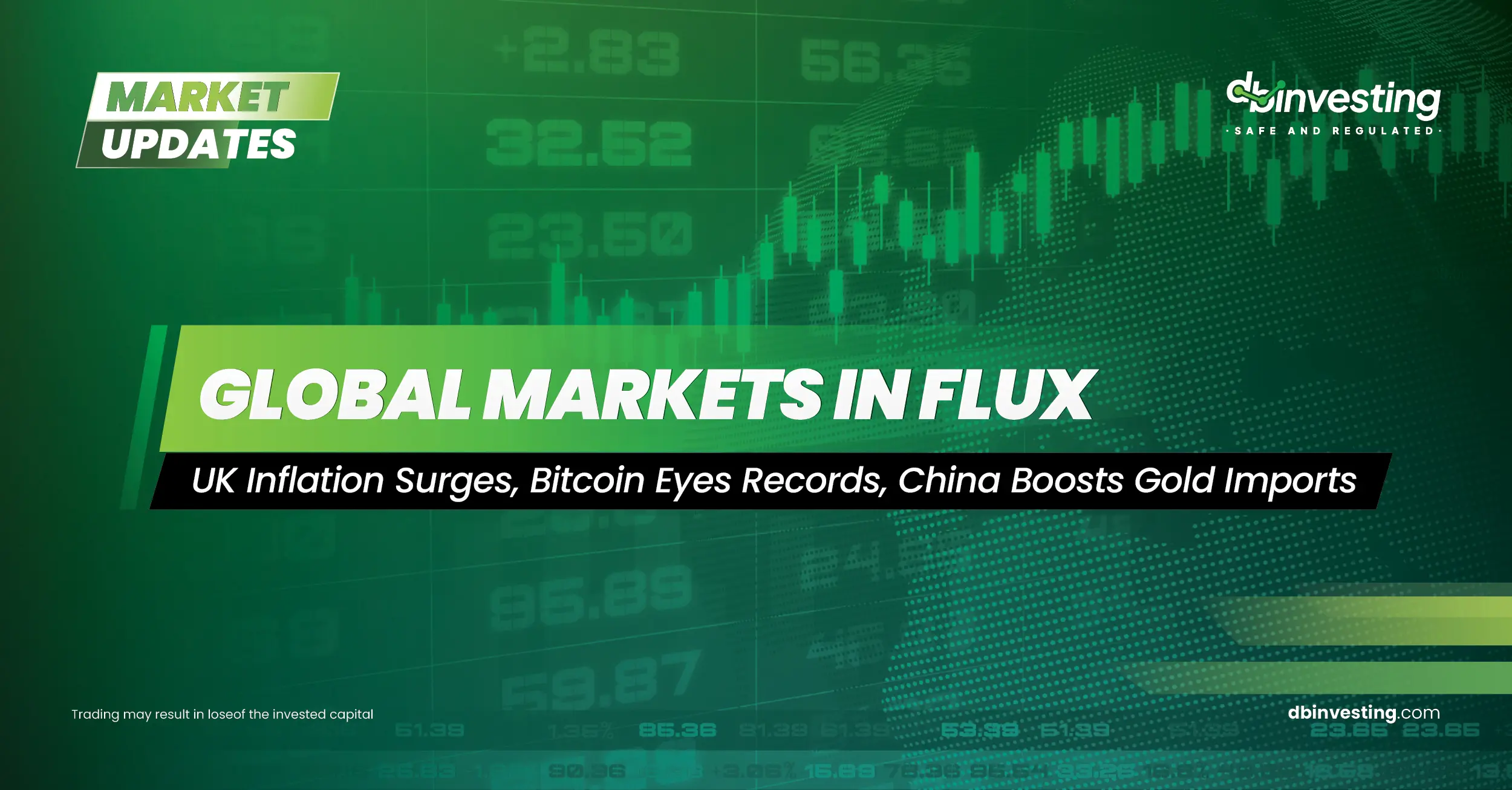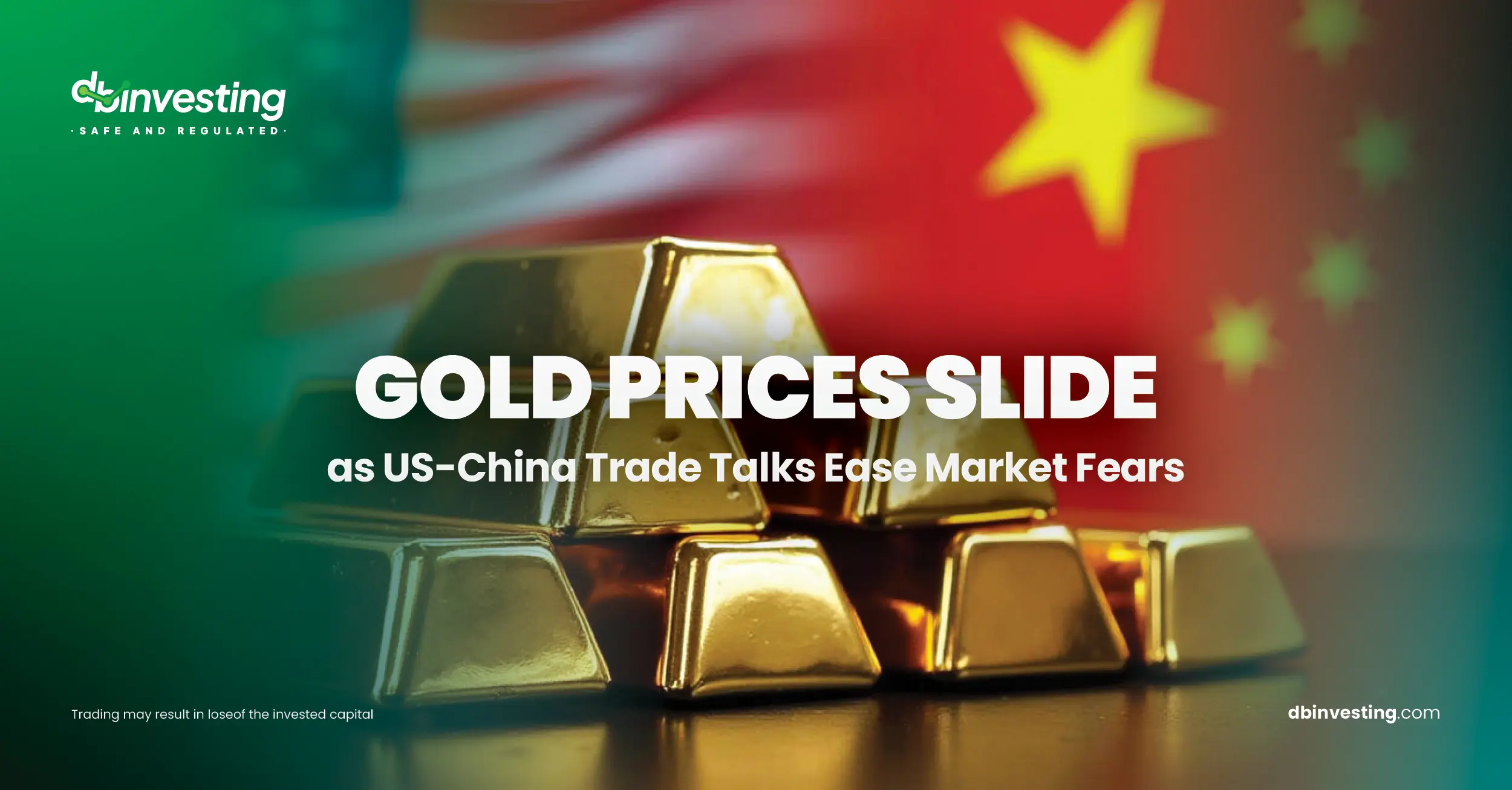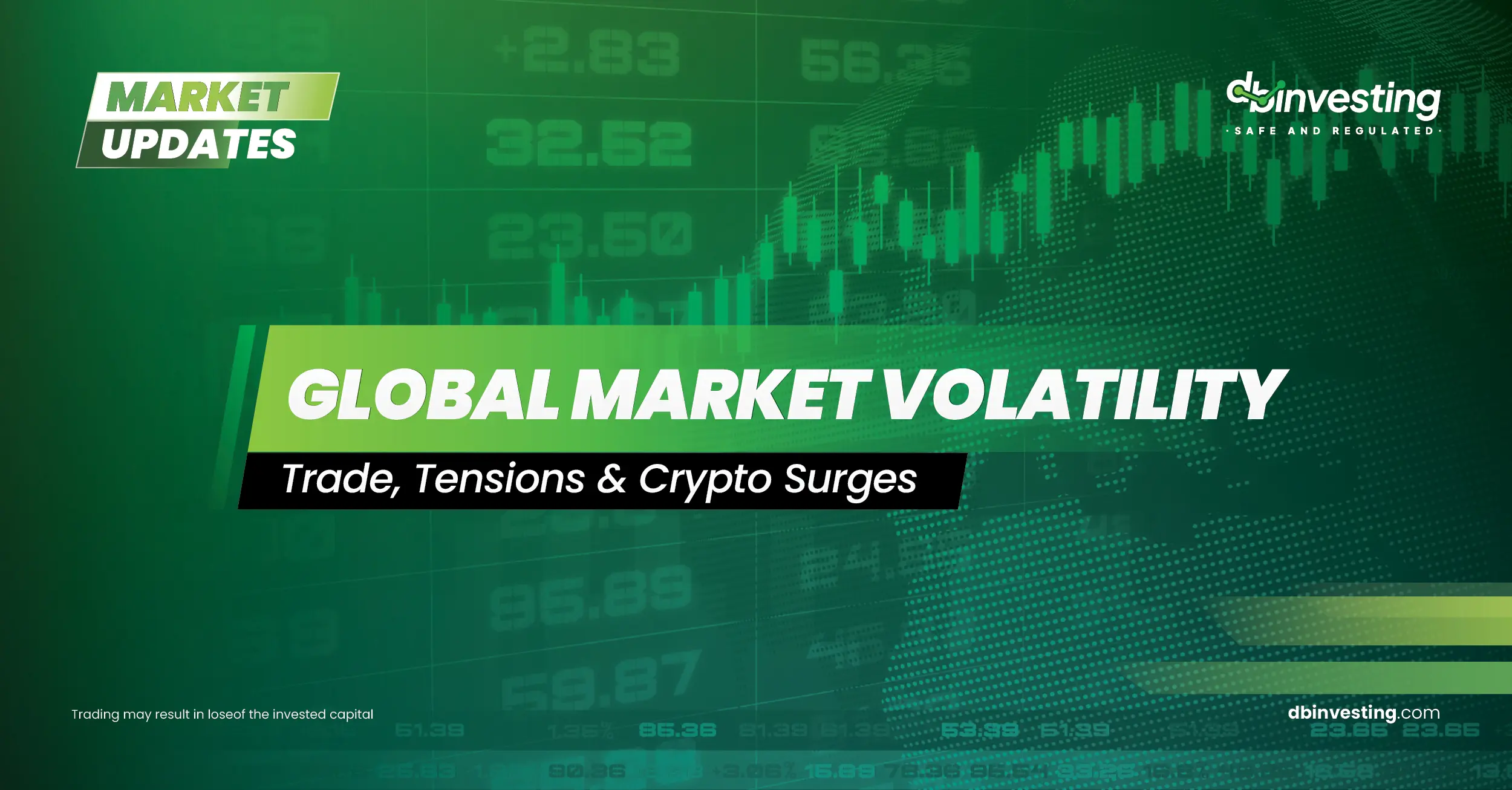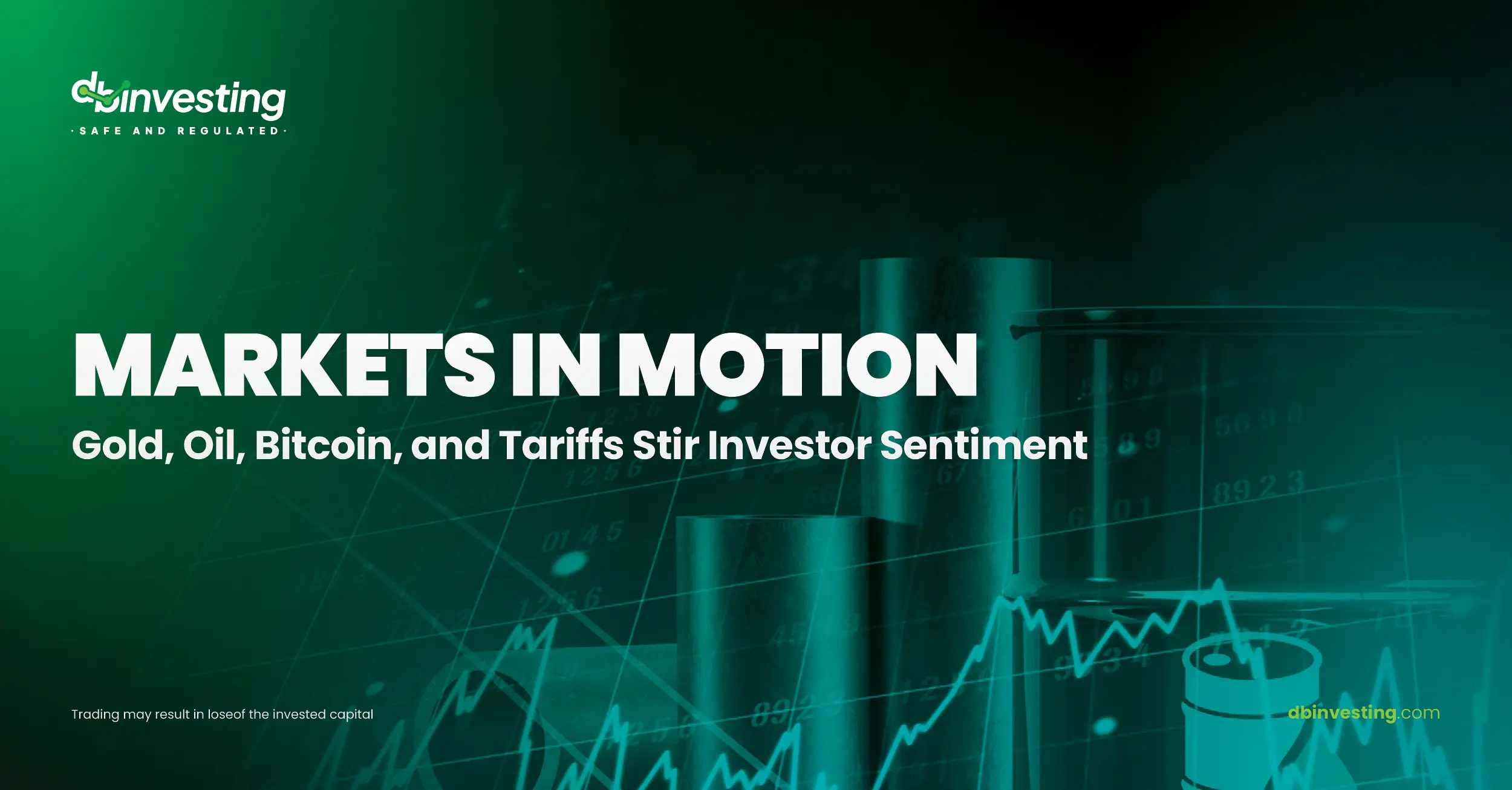Global Market Turmoil Amid Trade Developments, Geopolitical Tensions, and Crypto Surges
Trump Announces Trade Agreement Framework with the UK
President Trump announced on Thursday a preliminary agreement with the United Kingdom, noting that the full details will be negotiated in the coming weeks. According to the agreement, the UK will expedite the clearance of U.S. goods through customs and ease restrictions on agricultural, chemical, energy, and industrial exports.
This announcement marks Trump’s first trade agreement since imposing high tariffs on dozens of the United States’ trading partners.
Upcoming U.S.–China Trade Talks
Trump also mentioned expectations of substantial negotiations with China. Officials from both countries are scheduled to meet over the weekend for trade discussions.
U.S. Trade Strategy and Tariffs
Commerce Secretary Howard Lutnick stated in media interviews that the U.S. plans to conclude dozens of trade deals soon but is likely to maintain a general 10% tariff rate.
Gold and Oil Markets React to Trade Sentiment
Gold, which typically rises during times of uncertainty, declined earlier due to signs of easing trade tensions. However, it later found support from prevailing caution ahead of the U.S.–China talks.
Oil prices saw slight gains during Friday’s Asian trading session, mainly supported by optimism around the potential easing of President Trump’s tariff agenda. However, gains were limited by the strengthening U.S. dollar.
Geopolitical Tensions Escalate
Market sentiment was also affected by rising geopolitical tensions between India and Pakistan, who engaged in their worst fighting in decades. Elsewhere, Trump called for an immediate ceasefire between Russia and Ukraine amid limited progress in peace negotiations. Nevertheless, a Russia-led three-day ceasefire is scheduled to begin this week.
Focus on Future Trade Agreements with Oil Importers
Markets are closely watching for further U.S. trade deals, especially with major oil importers like China and India. Talks with India are ongoing, and U.S. officials are expected to meet with their Chinese counterparts this week for more negotiations.
Despite this week’s gains, oil prices remain near four-year lows due to lingering uncertainty. Additionally, recent production increases by OPEC+ have negatively impacted crude prices amid growing economic concerns and their effect on demand.
Wall Street Gains on U.S.–UK Trade Framework
Wall Street climbed following news of a trade agreement framework between the U.S. and the UK. Eyes now turn toward a potential deal with China.
Crypto Markets See Explosive Growth
Cryptocurrencies have experienced strong upward momentum in recent hours. Bitcoin surpassed the $100,000 mark for the first time since February, jumping 24% over the past 24 hours to trade at $102,929.22 — driven by expectations of easing global trade tensions.
However, Ethereum stole the spotlight with an even more dramatic performance, surging 20.25% in the same period to reach $2,203.
The total market capitalization of cryptocurrencies rose accordingly, reaching $3.22 trillion — a significant 3.66% increase over the last 24 hours.
Asian Currencies Weaken Against U.S. Dollar
Most Asian currencies fell on Friday, affected by a rebound in the U.S. dollar amid increasing bets on a softening of President Trump’s trade policies.
The yuan, along with most Asian currencies, is set to lose ground this week as the dollar continues its recovery from its recent three-year lows.
The Indian rupee was among the worst performers of the day, losing ground amid continued hostilities between New Delhi and Islamabad. Ongoing fears over deteriorating relations between the two nuclear-armed neighbors kept risk appetite muted.
Japanese Yen Slightly Lower
The Japanese yen slipped 0.1% against the U.S. dollar but remained near a one-month high following weaker-than-expected overall wage income data, which contradicted the Bank of Japan’s narrative of rising wages and sticky inflation.




